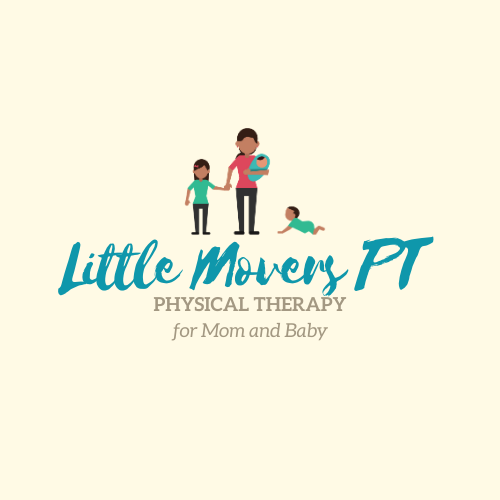We've been treating torticollis wrong this whole time!
/Torticollis is one of the most commonly referred diagnoses for physical therapy. The definition of torticollis is the tightness of the sternocleidomastoid muscle. But what if we’ve been treating this so called torticollis wrong for centuries?
You see, many babies are born with tension these days due to in utero constraint. In utero constraint means that babies a baby picks a spot and hangs there for a while, creating a tension pattern down that whole side of the body. These babies typically curl up like a “c” or a “shrimp” which mimic this pattern. So right here we are looking at the presence of a whole body tension pattern rather than a singular muscle strain.
Now let’s add anatomy into play. The diagnosis of tongue ties or tethered oral tissues has gotten much better over the past few decades. The incidence is also on the rise due to epigenetics. The deep fascial chain consists of tongue, neck, diaphragm, hips, pelvic floor, inner thighs, calves, feet. When the tongue fascia is short, it pulls on the entire chain, neck included. In fact, the neck and the floor of the mouth share muscles and fascia. Because of this reciprocal pattern, you cannot treat one without the other. When a tongue tie is present it will literally pull on the head which will typically then give into the position of ease in utero.
I personally love the diagnosis of torticollis. Do you know why? Because it gets babies in my door. From there I can determine which muscles of the body are actually affected and what to work on.
If your baby was diagnosed with torticollis and you continue to suspect oral issues that were not addressed like open mouth breathing, poor sleep, picky eating, meltdowns, etc feel free to reach out ! As always, my website littlemoverspt.com is where you can book a chat with me or take one of my many ecourses.
Elizabeth Morel, PT
@littlemoverspt


